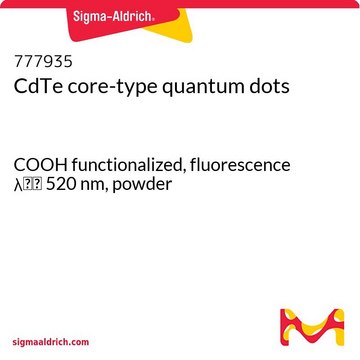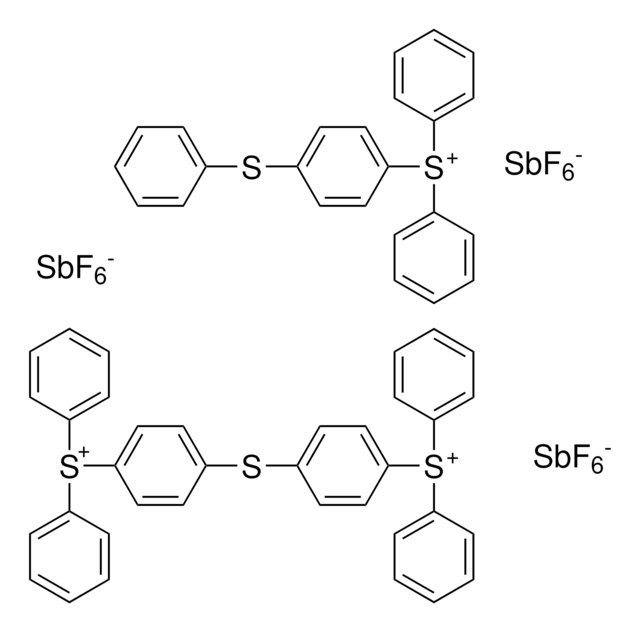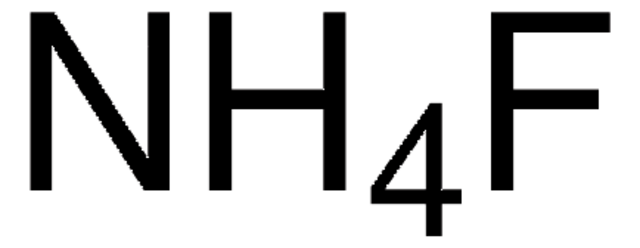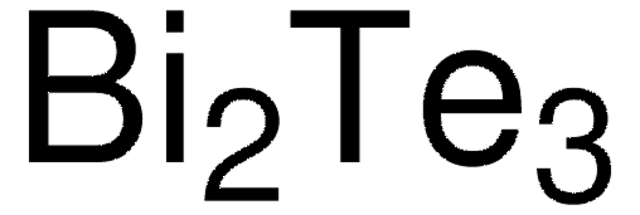256544
Cadmium telluride
powder, <250 μm, deposition grade, ≥99.98% trace metals basis
About This Item
Recommended Products
grade
deposition grade
Assay
≥99.98% trace metals basis
form
powder
particle size
<250 μm
bp
1130 °C
mp
1092 °C
density
6.2 g/mL at 25 °C (lit.)
SMILES string
[Cd]=[Te]
InChI
1S/Cd.Te
InChI key
RPPBZEBXAAZZJH-UHFFFAOYSA-N
Looking for similar products? Visit Product Comparison Guide
General description
Application
Packaging
Signal Word
Warning
Hazard Statements
Precautionary Statements
Hazard Classifications
Acute Tox. 4 Dermal - Acute Tox. 4 Inhalation - Acute Tox. 4 Oral - Aquatic Acute 1 - Aquatic Chronic 1
Storage Class Code
11 - Combustible Solids
WGK
WGK 3
Flash Point(F)
Not applicable
Flash Point(C)
Not applicable
Personal Protective Equipment
Regulatory Listings
Regulatory Listings are mainly provided for chemical products. Only limited information can be provided here for non-chemical products. No entry means none of the components are listed. It is the user’s obligation to ensure the safe and legal use of the product.
PDSCL
Deleterious substance
PRTR
Specified Class I Designated Chemical Substances
Class I Designated Chemical Substances
ISHL Indicated Name
Substances Subject to be Indicated Names
ISHL Notified Names
Substances Subject to be Notified Names
JAN Code
256544-50G:4548173125527
256544-1G:
256544-BULK:
256544-10G:4548173125510
256544-5G:
256544-VAR:
Choose from one of the most recent versions:
Already Own This Product?
Find documentation for the products that you have recently purchased in the Document Library.
Our team of scientists has experience in all areas of research including Life Science, Material Science, Chemical Synthesis, Chromatography, Analytical and many others.
Contact Technical Service










